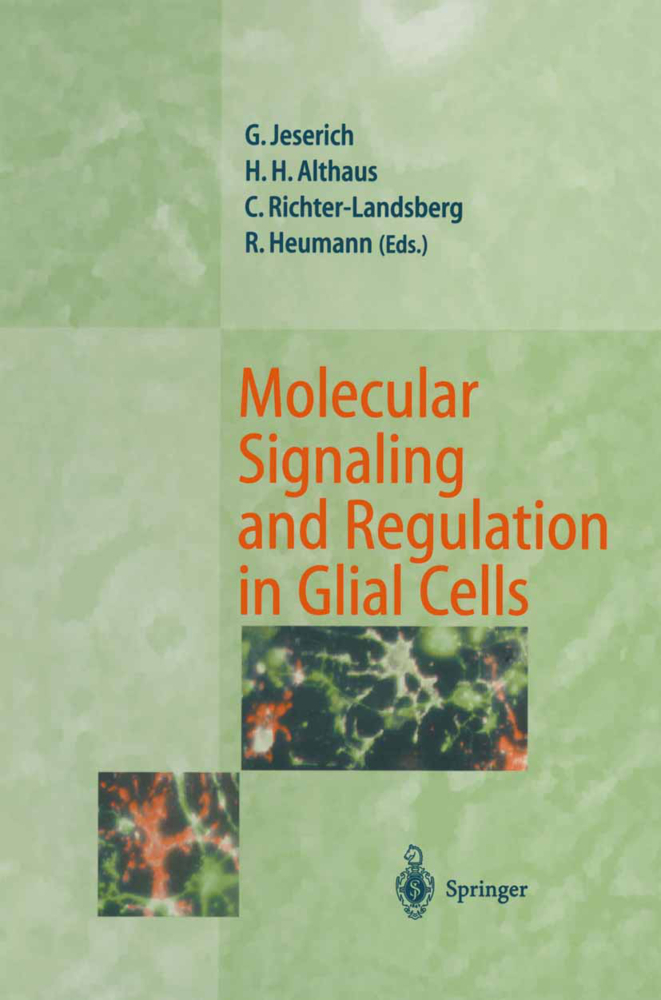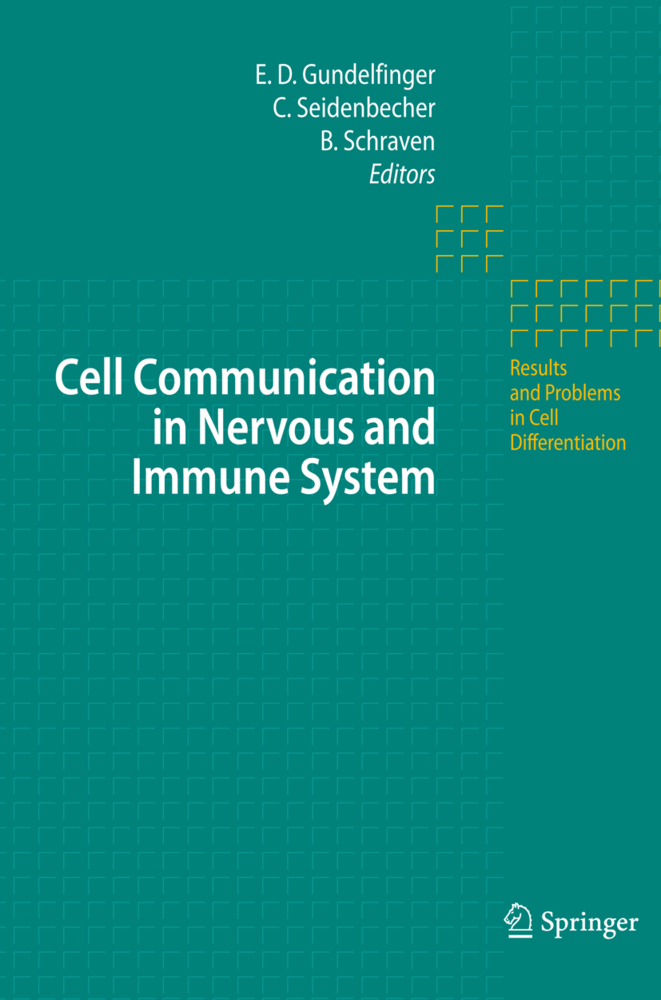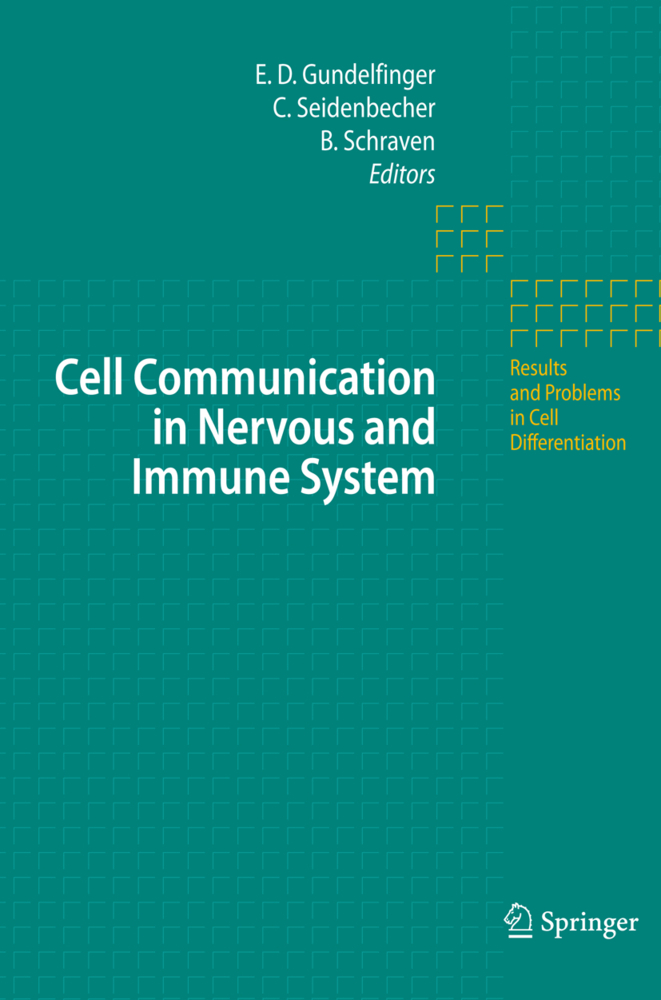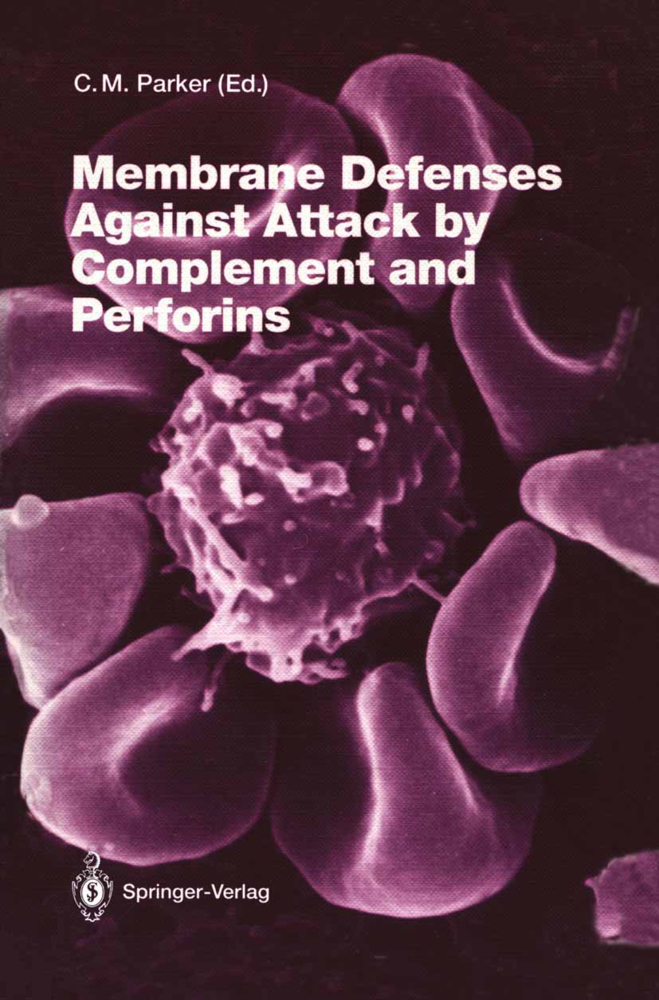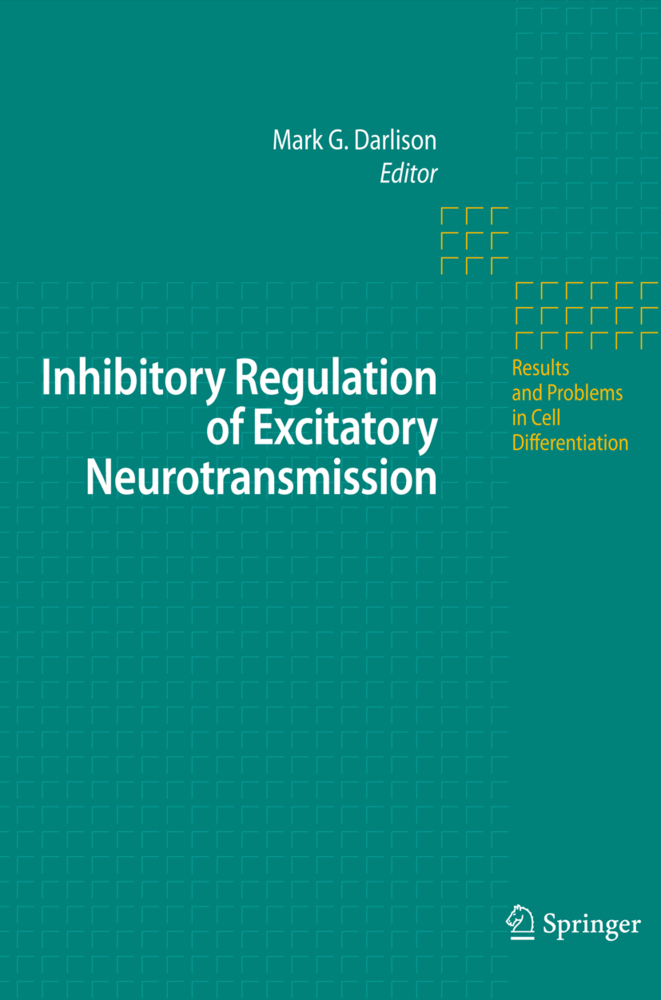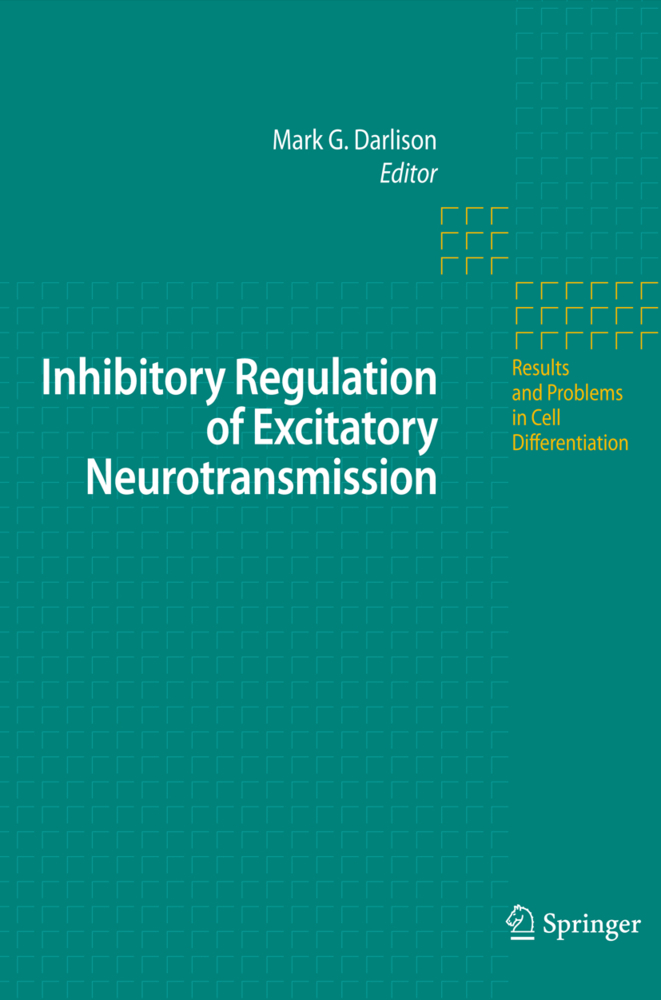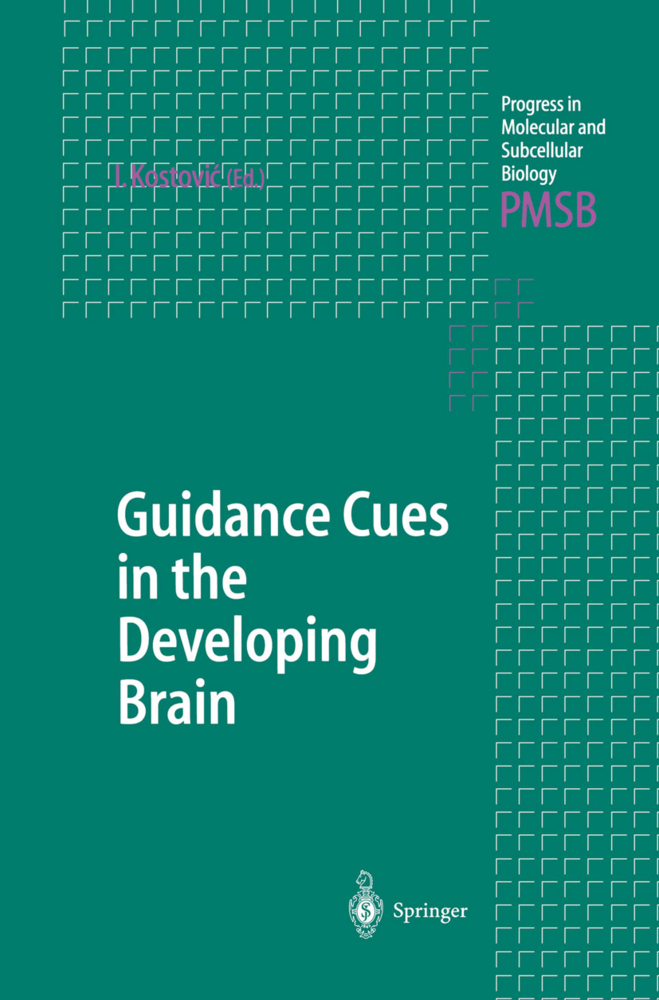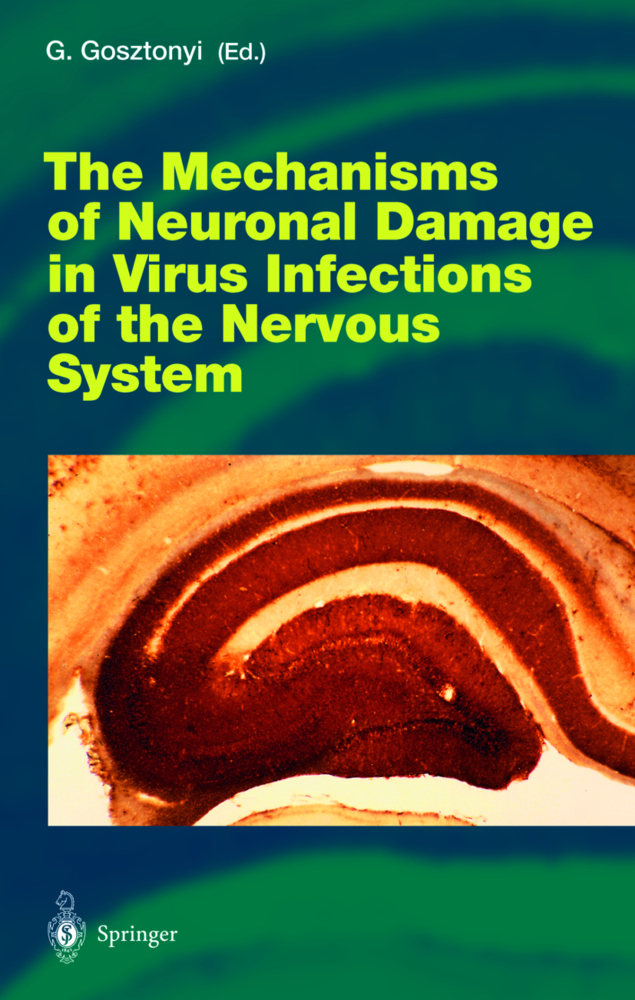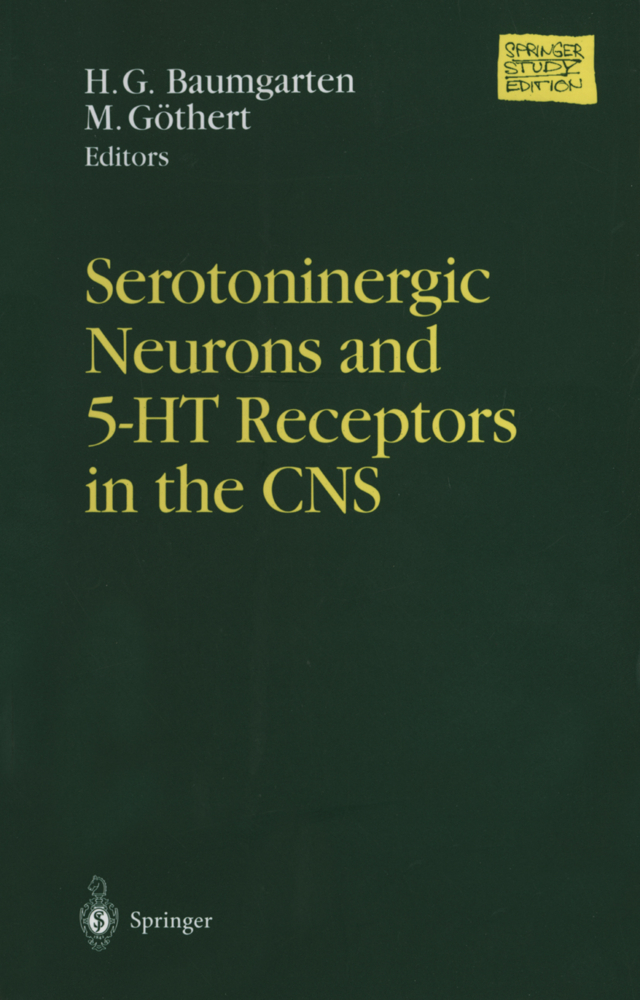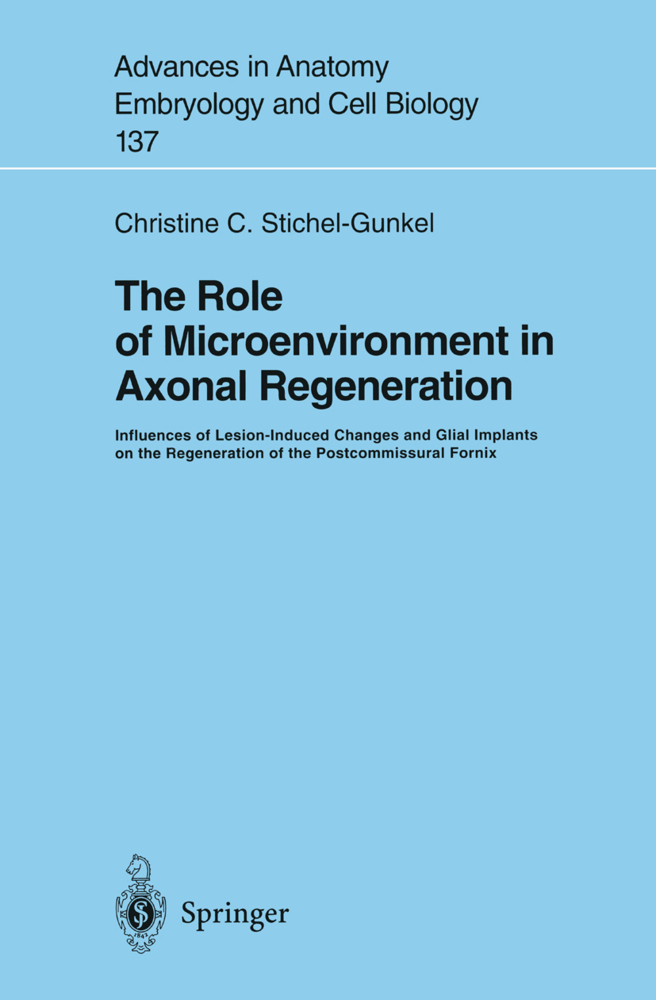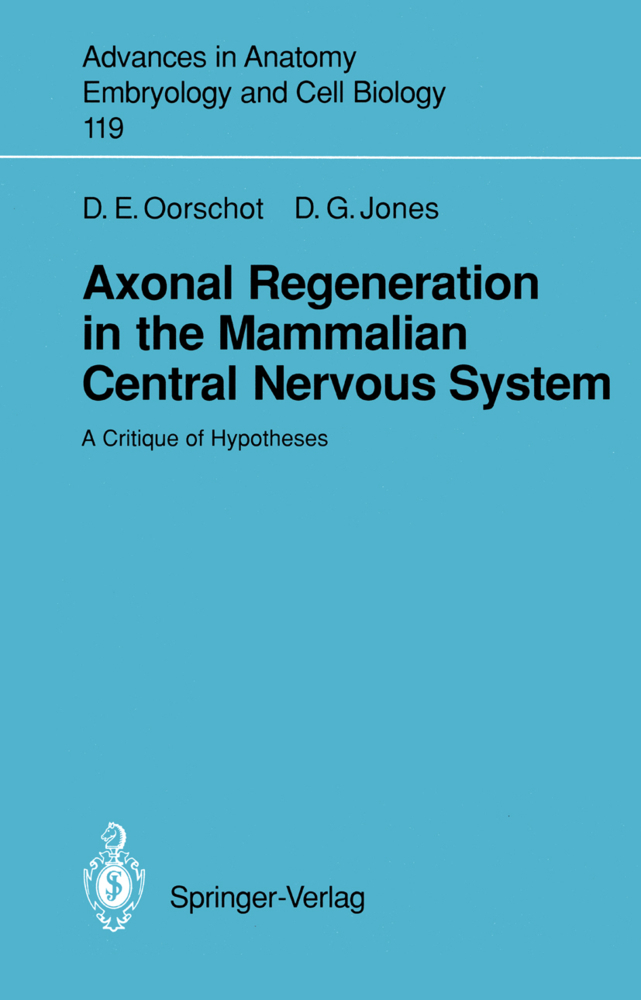Molecular Signaling and Regulation in Glial Cells
A Key to Remyelination and Functional Repair
Molecular Signaling and Regulation in Glial Cells
A Key to Remyelination and Functional Repair
An excellent survey of the most recent advances in the area of cellular and molecular biology of glial cells and their involvement in remyelination and functional repair in the CNS. A major part of this book deals with signaling paths within and among neural cells. Glial cells (astrocytes, oligodentrocytes, microglial cells) themselves release substantial amounts of cytokines, growth factors and other signaling molecules, which play an important role during injury and regeneration. Another signaling route between neurons and glial cells follows ion channels and neurotransmitter receptors. In addition to animal models, human oligodentrocytes in cell culture and in the human MS brain are characterized with respect to their immunocytochemistry and function.
Origins and early development of oligodendrocyte precursor cells
Cytokine and growth factor synthesis in human astrocytes
Mature pig astrocytes do not respond to NGF as oligodendrocytes do
Endopeptidase-24.11/common acute lymphoblastic leukemia antigen CD 10 in Schwann cells: evidence for a role in nerve development and regeneration
Regulation of oligodendrocyte development by the LIF cytokine subfamily: studies of the neonatal lineage cultured from rat cerebrum
HlV-1 Env and glutamate induction of NO, IL1, and TNF
Proteinkinase C stimulation induces astrocyte and oligodendrocyte proliferation, demyelination and enhanced remyelination in aggregating rat brain cell cultures
Monosialogangliosides and nerve growth factor stimulate synthesis of glycoproteins in glioma cells
Ion Channels and Neurotransmitter Receptors
Responses of oligodendrocytes to classical neurotransmitters: signaling pathways
Ion channel expression and function in astrocytic scars
Ion channel expression in glial cells from trout CNS
Ion channel reorganization during remyelination
Gap junction expression in myelinating cells
2 Genes and Proteins of Myelin
Structure, Regulation and Function
CNS myelination: What can we learn from phylogeny?
The proteolipid protein gene family in the central nervous system of fish
Molecular structure of myelin genes in the CNS of trout
Transcriptional controls in the oligodendrocyte lineage
Regulation of MBP mRNA translocation in oligodendrocytes
Molecular cloning of new basic helix-loop-helix proteins from the mammalian central nervous system
3 Neural Repair Mechanisms in the CNS
Cellular Responses to Injury
Microglial and astroglial activation patterns in neural graft rejection and neuronal and axonal degeneration
The effect of myelin disruption on spinal cord regeneration
Does myelin inhibit regeneration and remyelination ?
Aspects of remyelination by endogenous and transplanted glial cells in regenerating goldfish visual system
Remyelination of Lesions in Multiple Sclerosis
Patterns of demyelination in multiple sclerosis as defined by oligodendrocyte pathology
The adult human oligodendrocyte progenitor
Strategies to promote CNS remyelination in vivo
Immunomodulatory therapy of multiple sclerosis: current trials and future perspectives
Cell Transplantation
Identification of new cell surface receptors on oligodendrocyte lineage cells
Transplantation of oligodendrocyte progenitors and CG4 cells into the developing rat brain: Differences and similarities
OLN-cells: A new oligodendroglia cell line with impact for cell transplantation
Schwann cell suspension grafts promote reconstruction of transected postcommissural fornix in the adult rat
The biology of the transplanted oligodendrocyte progenitor.
1 Signaling for Glial Cells
Cytokines, Growth Factors and Their Intracellular CascadesOrigins and early development of oligodendrocyte precursor cells
Cytokine and growth factor synthesis in human astrocytes
Mature pig astrocytes do not respond to NGF as oligodendrocytes do
Endopeptidase-24.11/common acute lymphoblastic leukemia antigen CD 10 in Schwann cells: evidence for a role in nerve development and regeneration
Regulation of oligodendrocyte development by the LIF cytokine subfamily: studies of the neonatal lineage cultured from rat cerebrum
HlV-1 Env and glutamate induction of NO, IL1, and TNF
Proteinkinase C stimulation induces astrocyte and oligodendrocyte proliferation, demyelination and enhanced remyelination in aggregating rat brain cell cultures
Monosialogangliosides and nerve growth factor stimulate synthesis of glycoproteins in glioma cells
Ion Channels and Neurotransmitter Receptors
Responses of oligodendrocytes to classical neurotransmitters: signaling pathways
Ion channel expression and function in astrocytic scars
Ion channel expression in glial cells from trout CNS
Ion channel reorganization during remyelination
Gap junction expression in myelinating cells
2 Genes and Proteins of Myelin
Structure, Regulation and Function
CNS myelination: What can we learn from phylogeny?
The proteolipid protein gene family in the central nervous system of fish
Molecular structure of myelin genes in the CNS of trout
Transcriptional controls in the oligodendrocyte lineage
Regulation of MBP mRNA translocation in oligodendrocytes
Molecular cloning of new basic helix-loop-helix proteins from the mammalian central nervous system
3 Neural Repair Mechanisms in the CNS
Cellular Responses to Injury
Microglial and astroglial activation patterns in neural graft rejection and neuronal and axonal degeneration
The effect of myelin disruption on spinal cord regeneration
Does myelin inhibit regeneration and remyelination ?
Aspects of remyelination by endogenous and transplanted glial cells in regenerating goldfish visual system
Remyelination of Lesions in Multiple Sclerosis
Patterns of demyelination in multiple sclerosis as defined by oligodendrocyte pathology
The adult human oligodendrocyte progenitor
Strategies to promote CNS remyelination in vivo
Immunomodulatory therapy of multiple sclerosis: current trials and future perspectives
Cell Transplantation
Identification of new cell surface receptors on oligodendrocyte lineage cells
Transplantation of oligodendrocyte progenitors and CG4 cells into the developing rat brain: Differences and similarities
OLN-cells: A new oligodendroglia cell line with impact for cell transplantation
Schwann cell suspension grafts promote reconstruction of transected postcommissural fornix in the adult rat
The biology of the transplanted oligodendrocyte progenitor.
Jeserich, Gunnar
Althaus, Hans H.
Richter-Landsberg, Christiane
Heumann, Rolf
| ISBN | 978-3-642-64501-3 |
|---|---|
| Artikelnummer | 9783642645013 |
| Medientyp | Buch |
| Auflage | Softcover reprint of the original 1st ed. 1997 |
| Copyrightjahr | 2011 |
| Verlag | Springer, Berlin |
| Umfang | XVI, 390 Seiten |
| Abbildungen | XVI, 390 p. |
| Sprache | Englisch |

